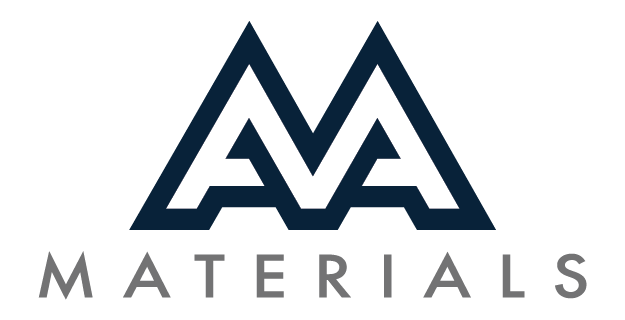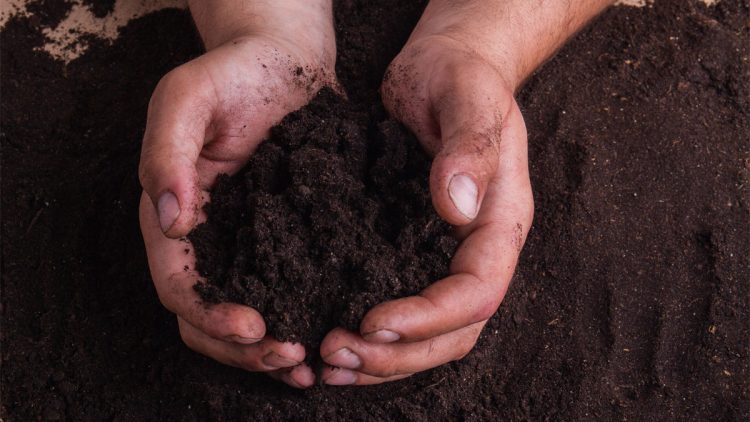Fill Dirt Vs. Top Soil Similarities and Differences
Fill Dirt vs. Topsoil: Key Similarities & Differences
Both fill dirt and topsoil are used in landscaping and construction, but they serve different purposes. Here’s how they compare:
🔹 Similarities
✅ Both are used in landscaping, grading, and leveling.
✅ Both can support plant growth, but in different ways.
✅ Both can be purchased in bulk from landscaping suppliers.
🔸 Differences
| Feature | Fill Dirt 🏗️ | Topsoil 🌱 |
|---|---|---|
| Composition | Mostly clay, sand, and rock with little organic matter. | Rich in organic matter, minerals, and nutrients. |
| Main Purpose | Used for filling, leveling, and creating stable foundations. | Used for growing plants, gardening, and improving soil quality. |
| Drainage | Compacts well and provides stable ground. | Loose and well-draining, ideal for roots. |
| Soil Structure | Dense, lacks nutrients for plant growth. | Light, loose, and supports plant roots. |
| Best Uses | – Filling low spots or holes. – Building up foundations. – Creating stable bases for patios, roads, or driveways. | – Gardens, flower beds, and lawns. – Improving poor soil conditions. – Growing grass, flowers, and vegetables. |
| Cost | 💲 Cheaper ($10 – $20 per cubic yard). | 💲💲 More expensive ($20 – $50 per cubic yard). |
🛠️ When to Use Each?
✔ Use Fill Dirt for grading, leveling, and construction projects.
✔ Use Topsoil for gardening, planting, and improving soil fertility.
✔ For Lawn or Landscaping Projects: Use fill dirt first for leveling, then add 2-6 inches of topsoil for planting.
What Makes Good Fill Dirt?
Good fill dirt is essential for creating stable foundations, leveling land, and preventing settling. The best fill dirt should be clean, compactable, and free of debris. Here’s what to look for:
✅ Key Qualities of Good Fill Dirt
1️⃣ Low Organic Matter 🌱❌
- Fill dirt should have minimal organic material (leaves, roots, or decomposing matter).
- Organic material breaks down over time, causing the ground to settle unevenly.
2️⃣ Well-Compacted & Dense 🏗️
- The best fill dirt consists of clay, sand, and silt, which compacts well for a solid base.
- Avoid loose, sandy dirt if you need a strong foundation.
3️⃣ Clean & Free of Debris 🚫
- Should not contain rocks larger than 3 inches, trash, glass, or construction debris.
- Screened fill dirt is best—it’s filtered to remove large rocks and debris.
4️⃣ Proper Moisture Content 💧
- Slightly damp fill dirt compacts better than completely dry or overly wet dirt.
- Too much moisture = unstable ground
- Too dry = difficult to compact
5️⃣ Right Soil Composition for the Job
- Clay-based fill dirt → Best for building foundations, retaining walls, and road bases.
- Sandy fill dirt → Better for drainage but less compactable.
- Loamy fill dirt → A mix of sand, silt, and clay; good for general landscaping.
🚧 Where to Use Good Fill Dirt?
✔ Leveling yards and filling low spots
✔ Building up foundations for structures
✔ Creating a solid base for driveways and patios
✔ Filling holes from excavation or construction
What Makes Good Topsoil? 🌱
Good topsoil is essential for healthy plant growth, gardening, and landscaping. The best topsoil should be rich in nutrients, well-draining, and free of contaminants.
✅ Key Qualities of Good Topsoil
1️⃣ High Organic Matter 🌿
- Should contain decomposed plant material (humus) to provide essential nutrients.
- Helps retain moisture and support healthy plant roots.
2️⃣ Balanced Texture – Loamy Soil is Best 🏗️
- Loamy soil (a mix of sand, silt, and clay) is ideal because it holds moisture while draining well.
- Avoid soil that is too sandy (dries out quickly) or too clay-heavy (holds too much water).
3️⃣ Rich in Nutrients & Minerals 💪
- Good topsoil should contain nitrogen (N), phosphorus (P), and potassium (K) for strong plant growth.
- Look for dark brown or black soil, which typically has more nutrients.
4️⃣ Proper pH Balance ⚖️
- A good topsoil pH should be between 6.0 – 7.5 for most plants.
- Acidic soil (<6.0): Needs lime to balance.
- Alkaline soil (>7.5): Needs sulfur or organic matter to adjust.
5️⃣ Free from Contaminants & Weeds 🚫
- Should not contain chemicals, construction debris, or weed seeds.
- Screened topsoil is best—it’s filtered to remove rocks and unwanted debris.
🚧 Where to Use Good Topsoil?
✔ Gardens, flower beds, and lawns
✔ Improving soil quality for planting
✔ Growing vegetables and trees
✔ Blending with compost for added nutrients

